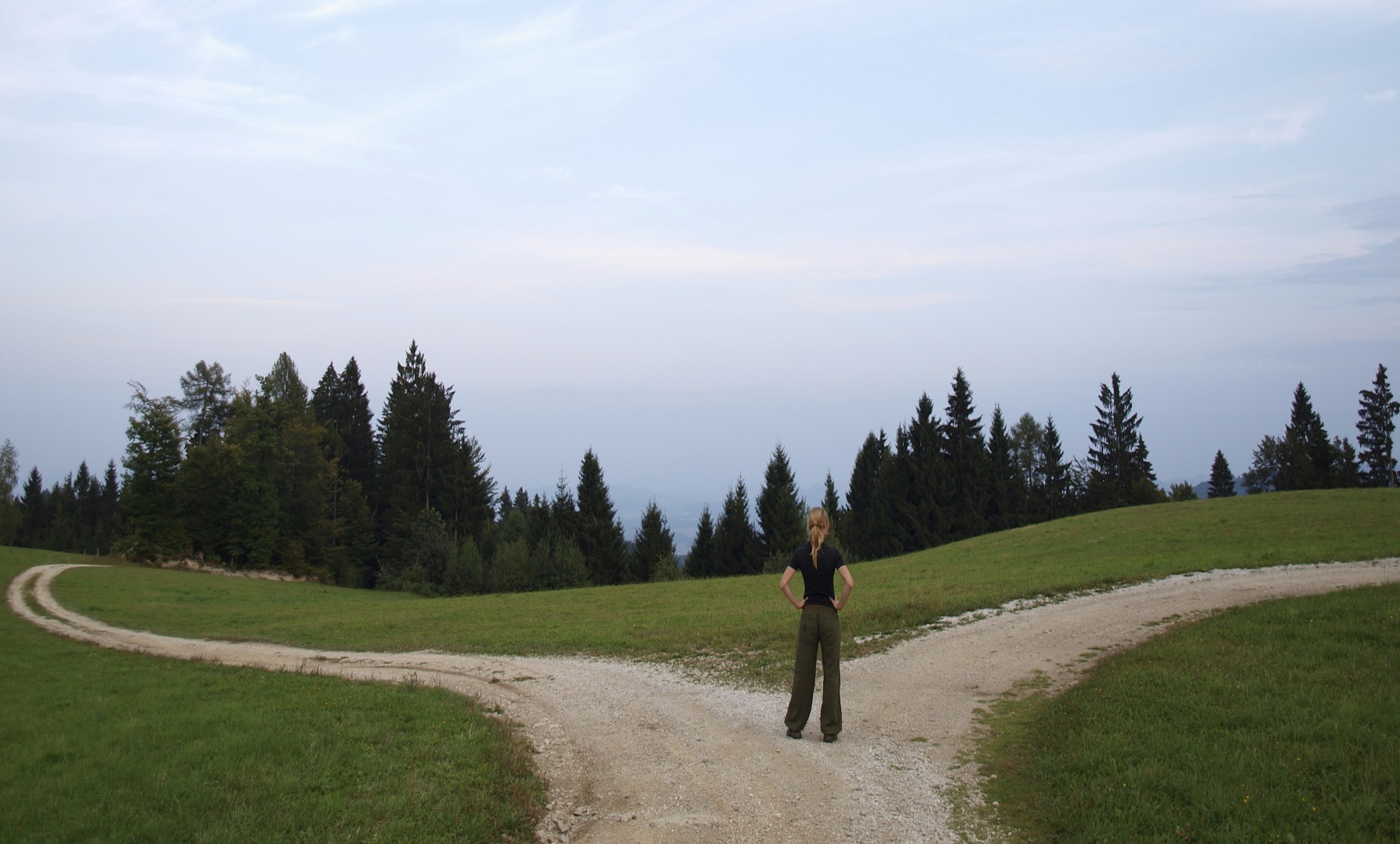Last week this nerdy economist wrote a blog providing examples of the relevancy of economics in everyday life that I used in the classroom. Here are five more.
1. Law of Diminishing Marginal Utility

My dog has grown wiser as she has aged. When she was younger she gobbled her food. She did not understand the law of diminishing marginal utility. Recently she has started leaving some of her food to enjoy a little later in the day.
My friend has a dog that defies the law of diminishing marginal utility. The dog seems to have endless energy. Play fetch and she never tires. Not only that she seems to have the same enthusiasm the first time you throw her the ball as the last time.
The law of diminishing marginal utility states that the utility or satisfaction gained from each additional unit of a good or service consumed is less than the prior unit. Think about something you really enjoy. Now visualize doing it over and over and over and over. Eventually you may become tired or bloated or bored. The point is that eventually you will probably not gain as much satisfaction from doing what you enjoy because of the law of diminishing marginal utility.
I suggest you learn from my dog. Ask for a box to take home your left overs the next time you are in a restaurant and struggle to eat all that is on your plate. You will enjoy it more later than at that moment because of the law of diminishing marginal utility. For more, read our free lesson:
Marginal Analysis – How Decisions are Made.
2. Elasticity of Supply

Retirement. I used to think of retirement as a time when old people sat on the porch or stayed at home watching TV. As I near retirement I think of it as an opportunity to do more. Retirement provides me with flexibility. Could it be that I am on the elastic portion of my supply curve?
The
price elasticity of supply is a measure of a company's ability to increase or decrease production in response to a price change. When companies operate near their capacity they are unable to take advantage of an increase in the price of a good or service by increasing their output because they are already stretching their limits. Increasing the quantity supplied can be expensive. New equipment may need to be purchased. Additional workers may need to be hired, and those already employed will be paid overtime. However, companies that are operating on the elastic portion of their supply curve can respond quickly to a price increase because they have excess capacity.
Retired people have flexibility, or excess capacity in scheduling their days. They can take advantage of opportunities that present themselves at a minimal expense. Adjusting their schedules is easier than someone working 40 hours a week. It is also less costly since people working may have to give up vacation time or their hourly earnings. They may feel more stress from missing work. Yes, retirement is the elastic supply curve of life because it provides more flexibility. You can also learn more about the price elasticity of supply in our free lesson –
Price Elasticity of Supply – How Does A Producer Respond To A Price Change.
3. Circular Flow Model

Economists use the
circular flow model to explain how we all depend on each other. Businesses rely on resources, including labor that they acquire in the factor market, and sell their goods in the goods and services market. Households rely on businesses to provide them the goods and services they need and the income they must have to purchase the goods and services. What greases the wheel? Money. Households work to secure money to purchase the goods and services they want. A business sells its goods and services to acquire the money needed to pay for essential resources.
In my classroom I used a family to explain the circular flow model. Family members depend on each other. For example, assume the house needs cleaning and the yard needs to be mowed. Mom runs the business. She retains the family members she needs to complete these tasks – much like a business hires its workers in the
factor market. The family enjoys the clean home that is furnished through the goods and services market. What drives the family instead of money? Love. We should be motivated by love.
The main point is family members depend on each other to perform the tasks needed to maintain a household – much like businesses and households depend on each other. Repercussions are felt when family members fail to do their job; just as businesses and households feel the repercussions during a recession if business activity slows down. To learn more about the circular flow model visit our free lesson –
Circular Flow Model – We All Depend On Each Other.
4. Risk – Return Relationship

How did you feel when you asked out a special someone for the first time? Nervous? Why? Probably because there was a fear of rejection. Yet, if you had not asked and taken a risk, you may have lost out of a wonderful relationship.
Sports is full of risk–reward illustrations. The basketball coach who tells his team to take a three-point shot if his players are open, the golfer who tries to make the perfect recovery shot when faced with a forest of trees between his ball and the green, or the defensive coordinator in football who chooses to blitz to reach the quarterback knowing he is vulnerable downfield are some examples.
All of us weigh the risk-reward relationship every day. Yesterday I was running late to a meeting and drove faster than I should. After I parked, I crossed the road in the middle of a block to save a few seconds. I took a few risks that I felt were worth the reward of not being late to my meeting.
Families may change jobs and move in anticipation of pursuing a goal, but leaving friends and a comfortable setting can be intimidating. We hope the risk is worth it.
Ask any financial adviser what investors want, and he or she will tell you a high return with no risk. Unfortunately, that combination probably does not exist! If anyone tells you it does; ask a lot of questions before investing! There is a fundamental relationship between the risk an investor is willing to take and the expected return. The higher the risk, the greater the potential return. Savings accounts held at US banks have no risk. They are guaranteed by the
Federal Deposit Insurance Corporation. Unfortunately, they pay very little interest. Investing in speculative stocks can be very lucrative, but such an investment carries a high degree of risk. The role of a financial advisor is to weigh the risks with the potential return of different investments and recommend the investments that make the most sense given the investor's personal circumstances and risk tolerance.
Think about the last time you made a big decision. I bet you had to take a risk!
5. Opportunity Cost

What did it cost you to stay at home last night and watch television? Nothing? Wrong. You missed an opportunity to do something else. Economists refer to the missed opportunity as an
opportunity cost. An opportunity cost is the cost of the next best alternative that is given up when a different alternative is chosen. If your next best alternative was to read a book, then your opportunity cost was losing the opportunity to read a book at that moment. Every decision we make carries an opportunity cost and is personal. Furthermore, two individuals may have different opportunity costs when they reach the same decision.
My opportunity cost to attend college was much lower than it would have been for LeBron James. What was the opportunity cost of LeBron James' decision to play professional basketball rather than attend college? Was that opportunity greater than the cost for most high school students? In high school, LeBron was one of the most sought after basketball recruits. Professional teams crave players of his exceptional ability. He received the top choice in the National Basketball Association's draft in 2003 right out of high school. Consequently, he was paid millions of dollars to turn professional. To learn more about opportunity costs read our free lesson,
Opportunity Cost – The Cost of Every Decision. The lesson includes an interactive exercise to assist students in reaching a decision on whether or not to attend college.
Please forward this blog to economic students and teachers you know.





